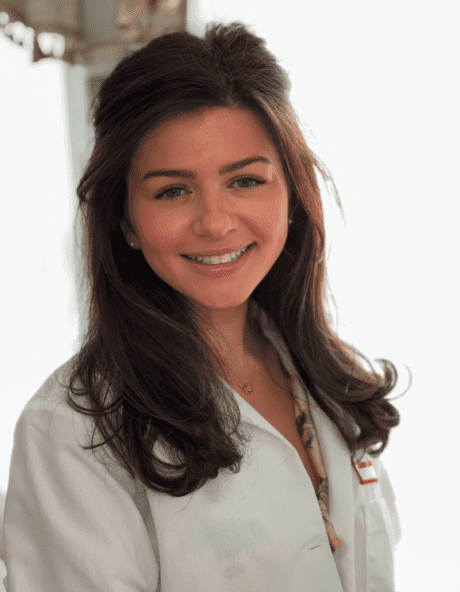Subcision
Subcision, short for “subcutaneous incisionless surgery,” is a safe and simple surgical procedure for treating depressed acne scars. These depressed scars are created by fibrotic strands that pull the skin down, creating unsightly indentations. A hypodermic needle is inserted through the skin, which is then moved back and forth in a fan-like motion parallel to the skin. This breaks up the fibrotic strands which hold the scar to the underlying subcutaneous tissue. As new collagen forms, the depressions elevate and the overall smoothness of the skin improves.
Frequently Asked Questions
Subcision, short for “subcutaneous incisionless surgery,” is a safe and simple surgical procedure for treating depressed acne scars. These depressed scars are created by fibrotic strands that pull the skin down, creating unsightly indentations. A hypodermic needle is inserted through the skin, which is then moved back and forth in a fan-like motion parallel to the skin. This breaks up the fibrotic strands which hold the scar to the underlying subcutaneous tissue. As new collagen forms, the depressions elevate and the overall smoothness of the skin improves.
Subcision is often the preferred treatment for deep acne scars. Microneedling, another common treatment for acne scarring, only penetrates a few millimeters below the surface of the skin. Subcision can be performed on all skin tones, unlike certain laser treatments for acne scarring.
Numbing cream is applied to the area to be treated for approximately 30-40 minutes. Lidocaine injections are then added to the site to ensure the procedure is relatively painless. The needle is inserted adjacent to the site, then a sweeping and fanning motion is performed underneath the depressed scars. Lidocaine is simultaneously released to increase the space between the layers of skin while decreasing pain.
Patients are sent home with bandages covering the treatment areas. There will be minor bruising and swelling present which will resolve. The sites should be cleaned daily to minimize the risk of infection. Over-the-counter pain medications are recommended for any pain. It is critical that the treatment area does not receive sun exposure for the next several days following laser treatment; wearing SPF50 is recommended.
Most patients can achieve optimal results with 2-3 sessions spaced 3-4 weeks apart. Occasionally even additional sessions are required to achieve the best cosmetic outcome. Patients may also combine subcision with other acne scarring treatments. If more than one area needs to be treated, patients may opt to treat one area at a time to minimize side effects.
There is a relatively small risk of skin pigment changes and discoloration including hypopigmentation (lighter than skin tone) or hyperpigmentation (darker than skin tone). These changes are transient and resolve over time.
Our Providers
Dedicated Team
Skin & Laser Dermatology Center treats patients for all skin care concerns, including skin cancer surgery, cosmetic dermatology, sclerotherapy, laser peels, laser hair removal, hyperhidrosis, rosacea, and acne treatments.







